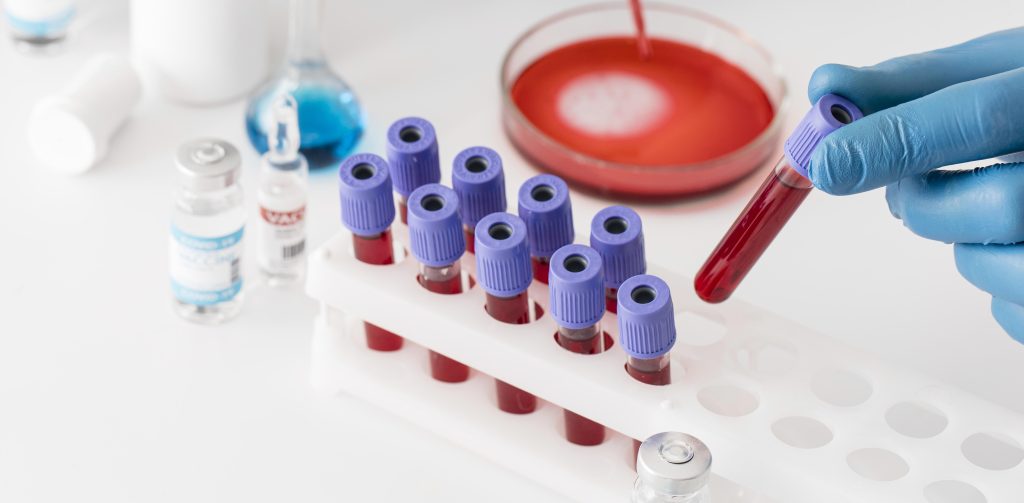Stem cell banking currently appears to be one of the pillars of preventive health care in India. It is due to awareness of regenerative medicine and the trends associated with medical security over time. These days, families understand from the very start that they will make the right choice for years down the line by having stem cells stored at the time of birth-they know that it will provide treatment for a wide variety of diseases-and most agree that this is one of the most modern decisions that parents can make. Even as the industry continues to grow, it is always better to know what grading the best stem cell banking in India really means and thus make informed decisions regarding the most reliable future-ready service provider.
Stem cell banking, in essence, means collection and preservation of baby-cord blood-derived cells and cord tissue. The cells would develop into possible future destroyers of therapy avenues regarding blood disorders, immune-related diseases, and metabolic disorders, and, eventually, perhaps even within the realm of regenerative medicine itself. With advances happening thick and fast in Indian labs, this process of preservation could now be deemed dramatically much more safe, efficient, and valid than it ever was.
Most importantly, this advanced cryopreservation technology available in India would ensure that. Leading stem cell banks are investing in globally accepted processing systems, entirely automated preservation units, and through highly controlled nitrogen storage facilities safeguarding the samples highly safely, for many years to come, without losing their therapeutic potential. Most importantly, the best use conditions are preset for parents, who must always check whether the storage complies with international standards for proper and strict safety-monitoring systems.
Equally important, these are structural credibility. Such high-caliber stem cell banks in India need to have experienced medical teams, in-house research arms, and partnerships with international regenerative medicine networks. These are continuous innovations focusing on their own undertaking to improve cell recovery rates and better processing methods, as well as continuously generating greater awareness about future treatment possibilities. Such a Bank characteristically acted as a ‘hub’ of research-driven banks, continuously keeping in touch with their clients, thus ensuring that their ‘investment’ would be complemented for years to come.
The other factor in affordability, in short, is that today’s Indian market. As more people start to value stem cell banking, companies have started making tailored cost plans. From yearly storage plans to lifetime agreements in easy installments, families can choose what suits them best without compromising quality. Transparent pricing—without hidden charges—allows parents to make informed decisions and have trust in the services they chose.
Customer support, equally critical, considers that precision is key for this process. A hospital bank would have to coordinate seamlessly with hospitals, provide trained collectors, and guarantee the safe transportation of the sample right after birth. Clear communication, tracking updates, and quick availability of reports help mothers keep calm throughout the preservation journey.
Digitized reports, online tracking, mobile apps, and real-time storage status updates which the company could afford led to more transparency in saving your child’s stem cells in a safe and co-efficient manner. Families could keep their children’s stem cells safe without worrying that they would not be available when needed in post-natal medical situations.
Modern Indian health care has been pro-preservation of stem cells as a new form of therapy. Doctors across all specialties – from pediatrics to hematology – are acknowledging the benefits and further encouraging parents to consider it as part of their long-term health safety in the future. Further, research will still reveal new ways to increase the ability to treat conditions worldwide, and then more therapies will eventually have better justifications for advocating for the storage of stem cells today.
This groundwork of choosing the best stem cell banking option in India would include checking on quite a few parameters like technology, scientific expertise, affordability, customer service, and reliability over the years. A trustworthy stem cell bank would be one that marries science fortitude and transparency with consistent care.
With India turning the great bastion for future generations against diseases using stem cell therapies, securing the current generations against such diseases has burgeoned into a necessity rather than an option in itself. Certainly, for children of fearful parents regarding the future, this would be a great investment toward securing lifelong health opportunities for children.





